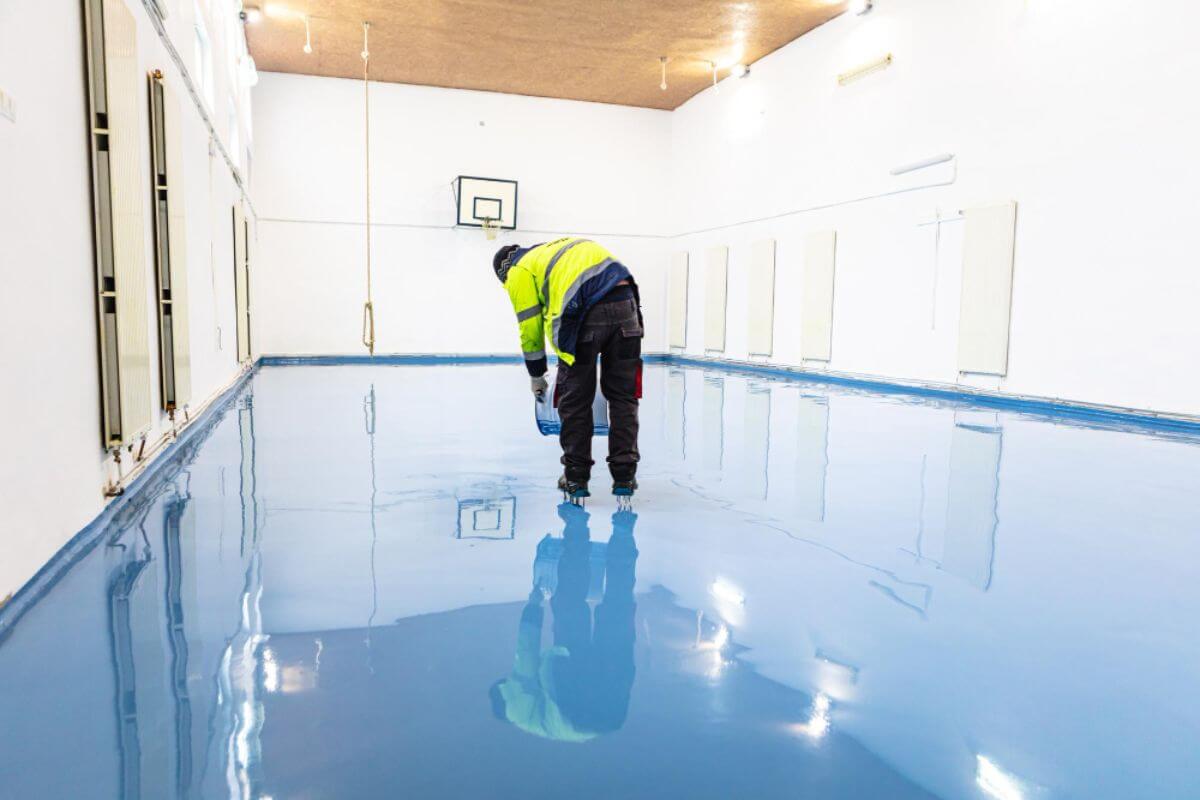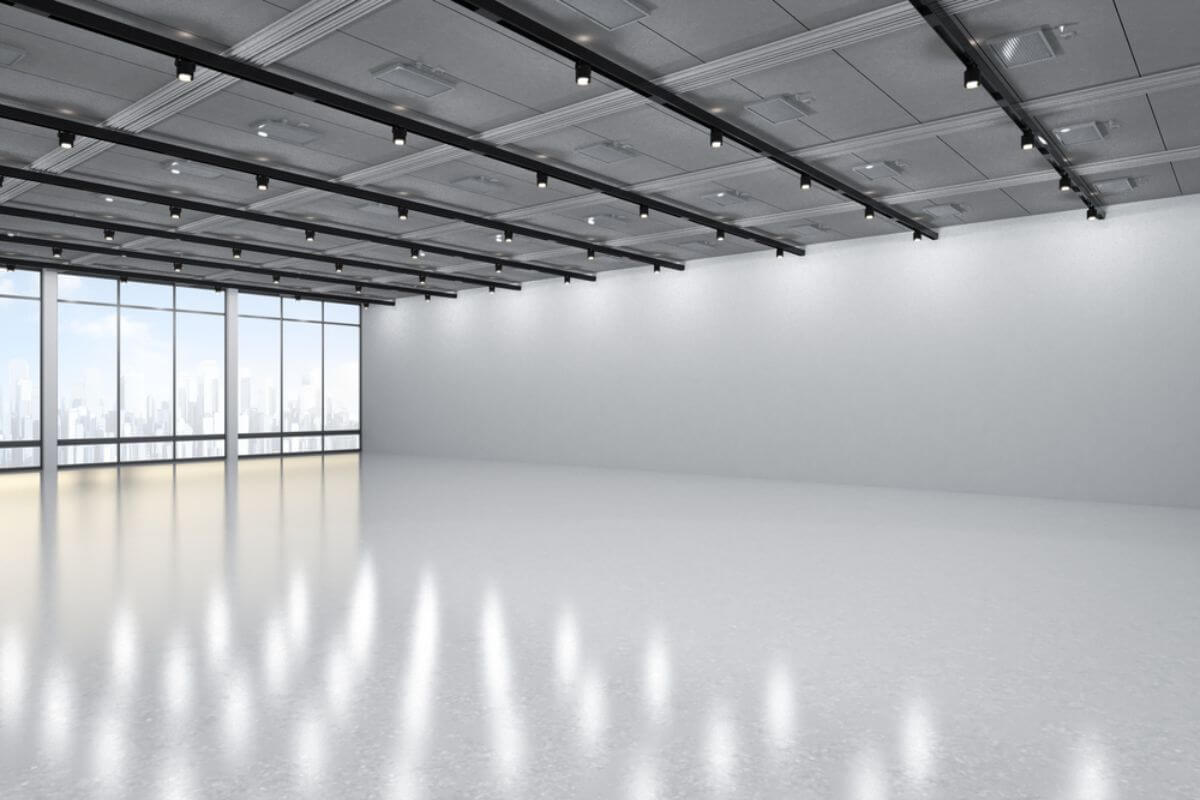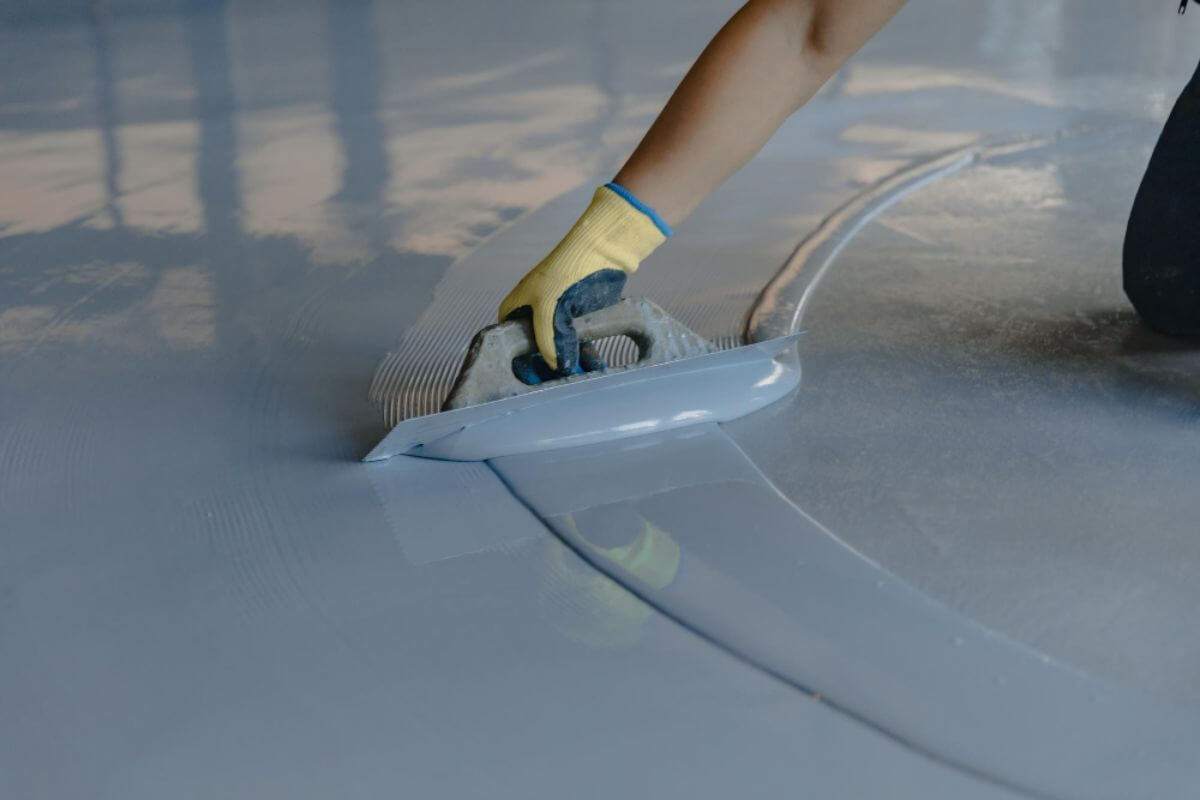6 Common Flooring Mistakes You Need To Avoid
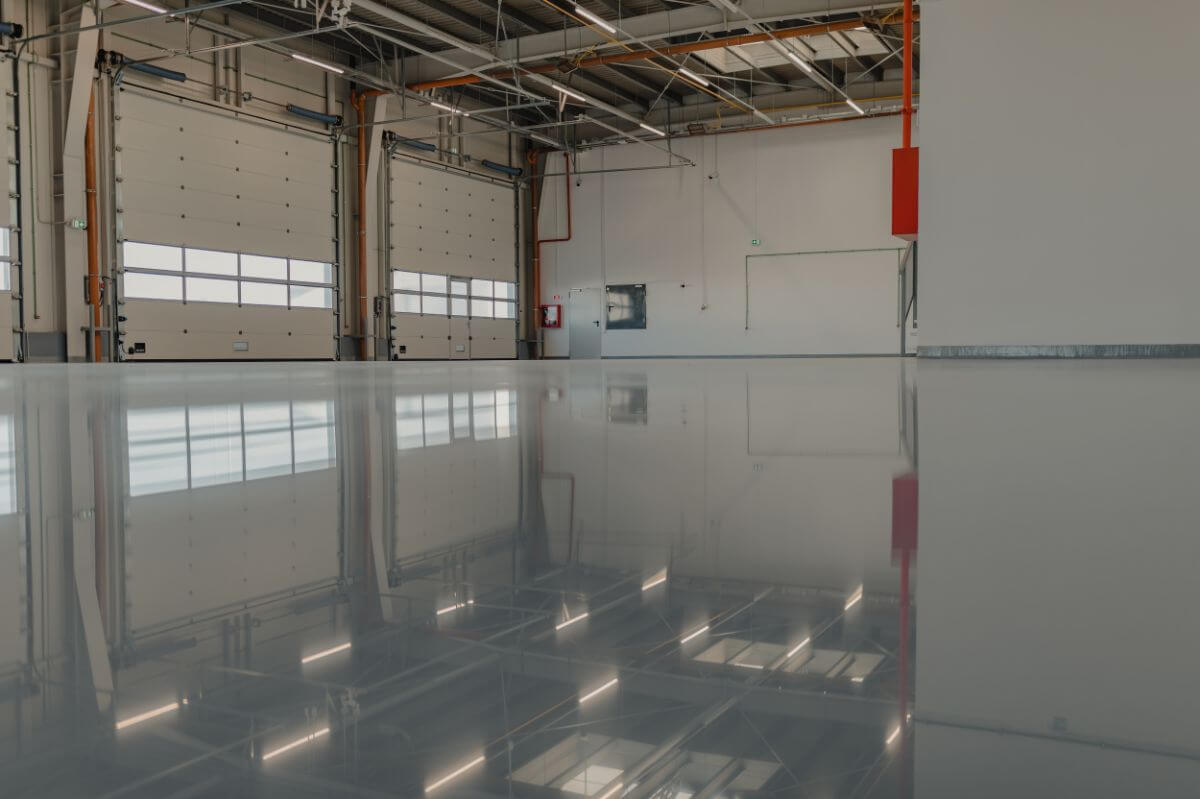
What are common flooring mistakes you need to avoid?
- Skipping the Moisture Test
- Not Acclimating the Flooring
- Incorrect Subfloor Preparation
- Choosing the Wrong Flooring Type
- Not Hiring a Professional Installer
- Not Allowing for Expansion and Contraction
Whether you’re fixing up a home or creating a commercial space, the flooring you choose is a major part of the project. You want it to look good and work well – but if it’s installed poorly, you could end up with major headaches and expenses. That’s why it’s so important to get your flooring installation right the first time. Many common flooring mistakes can lead to all kinds of issues, from a wonky appearance to structural problems that could require major repairs. By understanding and avoiding these mistakes, homeowners and business owners can ensure a successful and long-lasting installation. In this article, we will discuss some of the most common flooring mistakes and how to avoid them.
Skipping the Moisture Test
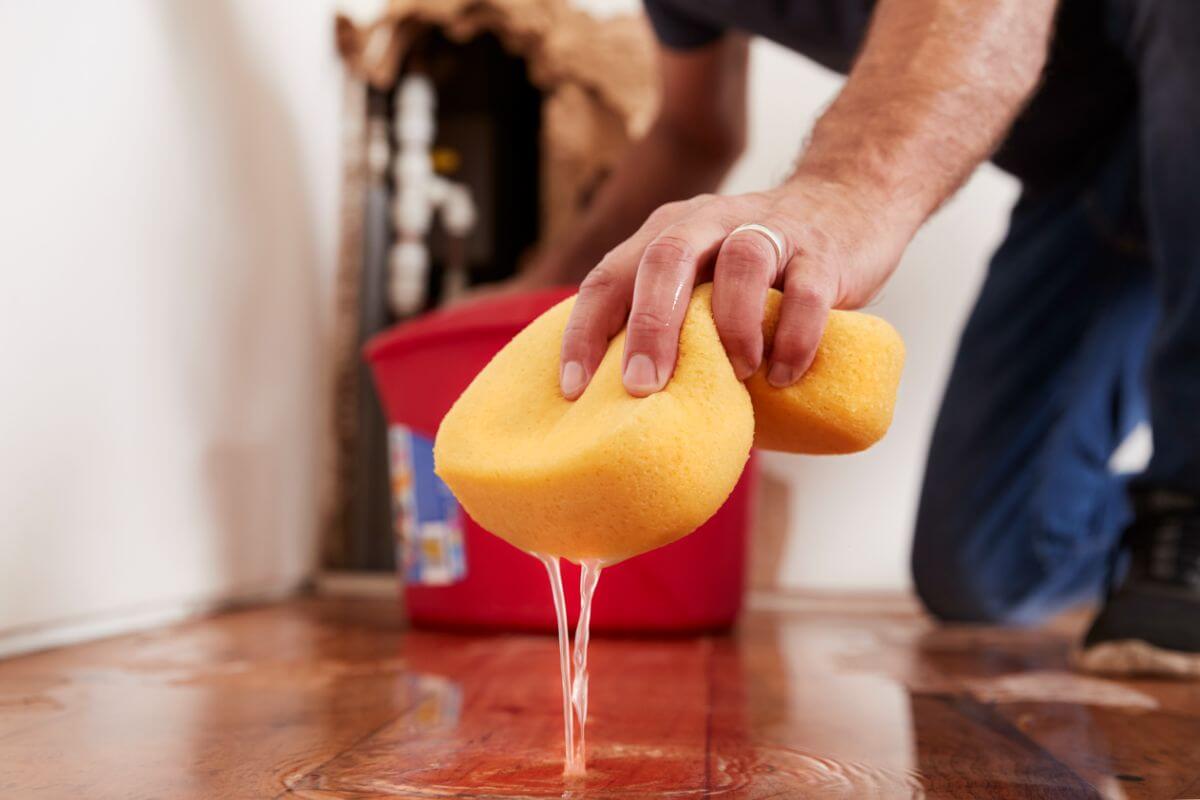
One of the most common mistakes made during flooring installation is skipping the moisture test. Moisture problems in the subfloor can cause significant damage to the new flooring and lead to costly repairs.
Before installing any type of flooring, it’s crucial to check the moisture levels in the subfloor. There are various methods to test moisture levels, including using a moisture meter or a calcium chloride test. These tests can help determine if the subfloor is too moist for installation or if it needs additional preparation, such as a moisture barrier. Skipping the moisture test can result in warped or buckled flooring, and it’s a mistake that should be avoided at all costs.
Not Acclimating the Flooring
Acclimation is the process of allowing the flooring to adjust to the room’s temperature and humidity before installation. Many types of flooring, including hardwood, laminate, and engineered flooring, need to be acclimated to prevent issues such as warping or buckling.
It is typically achieved by leaving the flooring in the room for several days before installation. Failure to acclimate the flooring can result in a poor installation and an unsightly finished product. To avoid this mistake, it’s crucial to follow the manufacturer’s instructions and allow the flooring to acclimate properly before installation.
Incorrect Subfloor Preparation

Improper subfloor preparation is a common mistake made during flooring installation that can lead to significant issues and costly repairs. The subfloor serves as the foundation upon which new flooring is installed, and as such, it is essential to ensure that it is properly prepared.
This includes ensuring that the subfloor is free of debris, level, and clean. Bumps, depressions, and other irregularities in the subfloor can negatively impact the installation process and ultimately the appearance of the finished product.
Neglecting to adequately prepare the subfloor can result in premature wear or even complete failure of the new flooring. As such, it is vital to thoroughly examine and prepare the subfloor before proceeding with installation to avoid such consequences.
Choosing the Wrong Flooring Type
Different types of flooring have different properties, such as durability, moisture resistance, and maintenance requirements. For example, hardwood flooring may not be suitable for a bathroom or kitchen due to moisture levels, while carpet may not be ideal for high-traffic areas. Or, some flooring may not be waterproof in spaces that accumulate plenty of spills or moisture, which can lead to slipping hazards. It’s essential to consider the room’s purpose, traffic levels, and maintenance requirements when selecting a flooring type.
Additionally, it’s important to select a flooring type that fits within the budget while still providing the desired look and functionality. Choosing the wrong flooring type can lead to problems down the line, such as frequent repairs or replacements, and it’s a mistake that should be avoided with careful consideration and planning.
Not Hiring a Professional Installer
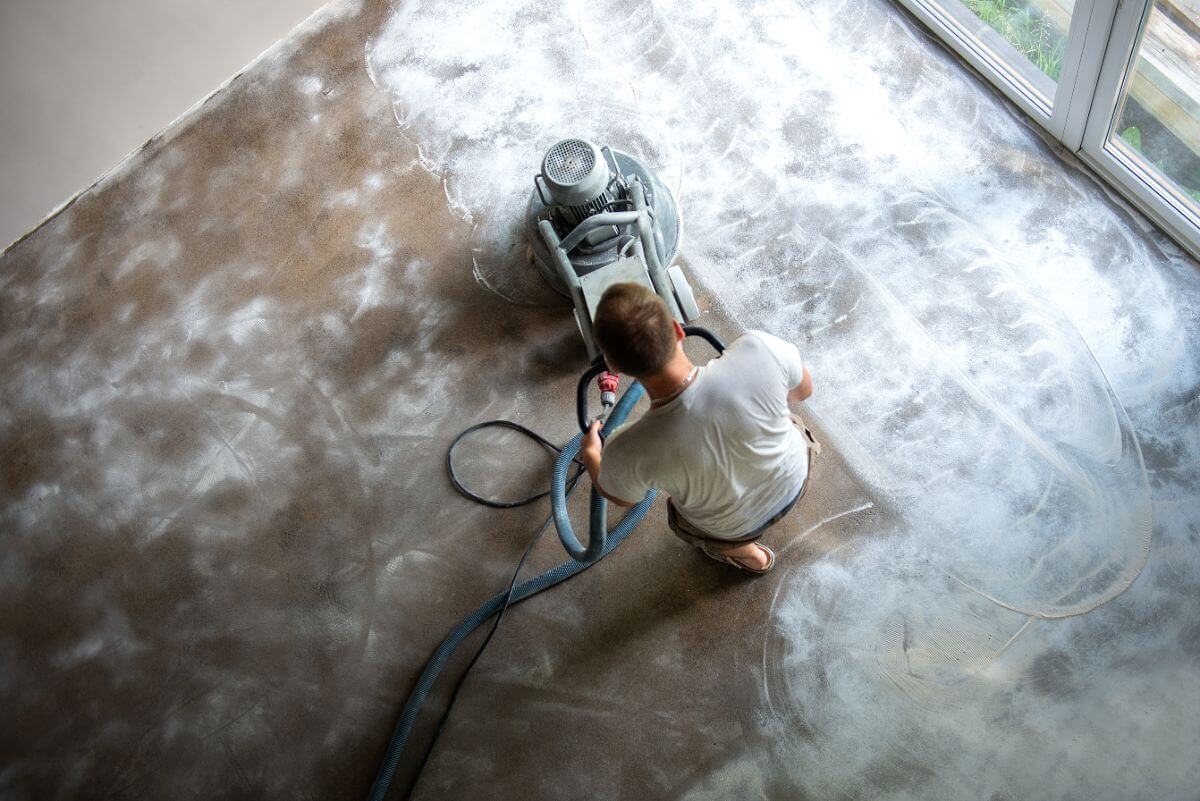
Not hiring a professional installer is a mistake that many homeowners make when installing new flooring. Installing flooring can be a complicated and time-consuming process that requires specific tools, knowledge, and experience.
A professional installer has the necessary skills and expertise to ensure a successful and long-lasting installation. They can also provide valuable advice on selecting the right type of flooring, preparing the subfloor, and maintaining the flooring after installation. Attempting to install flooring without the proper knowledge can lead to mistakes and problems. It’s important to invest in a professional installer to ensure a high-quality and stress-free installation process.
Not Allowing for Expansion and Contraction
Many types of flooring, such as hardwood and laminate, expand and contract with changes in temperature and humidity. Not allowing this movement can cause the flooring to buckle or warp. It’s essential to leave a small gap between the flooring and the walls, as well as between planks or tiles, to allow for expansion and contraction.
The size of the gap will depend on the type of flooring and the manufacturer’s recommendations. it’s important to use the correct type of transition strips where the flooring meets other surfaces, such as doorways or stairs, to allow for movement.
Key Takeaway
Avoiding flooring misconceptions is paramount to ensure a successful installation that can withstand the test of time. You have to keep in mind that most mistakes can be corrected by understanding them. Taking the mentioned steps will not only enhance the functionality and aesthetic appeal of the space but also prevent costly repairs and replacements in the future.
If you are looking for professionals that avoid common flooring mistakes, contact us here at Flooring Solutions. Our team of experts can provide you with the right kinds of floors for your establishments to avoid these errors — from polished concrete to epoxy resin to polyurethane!
